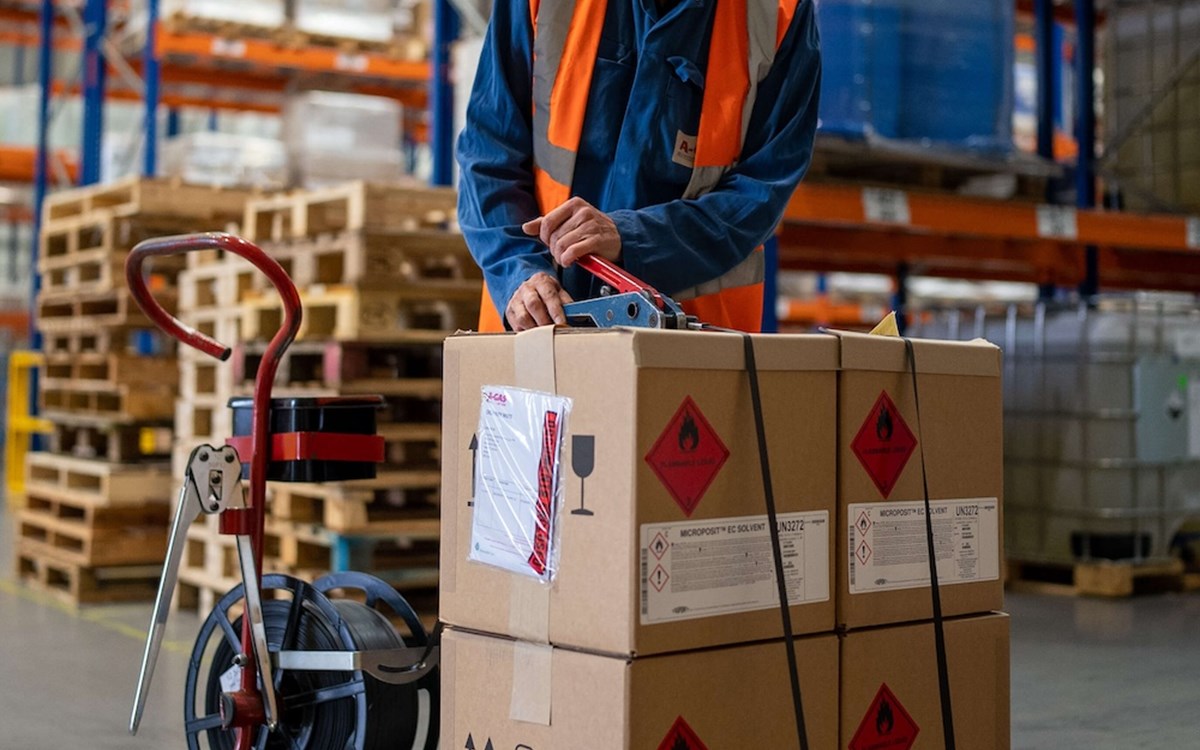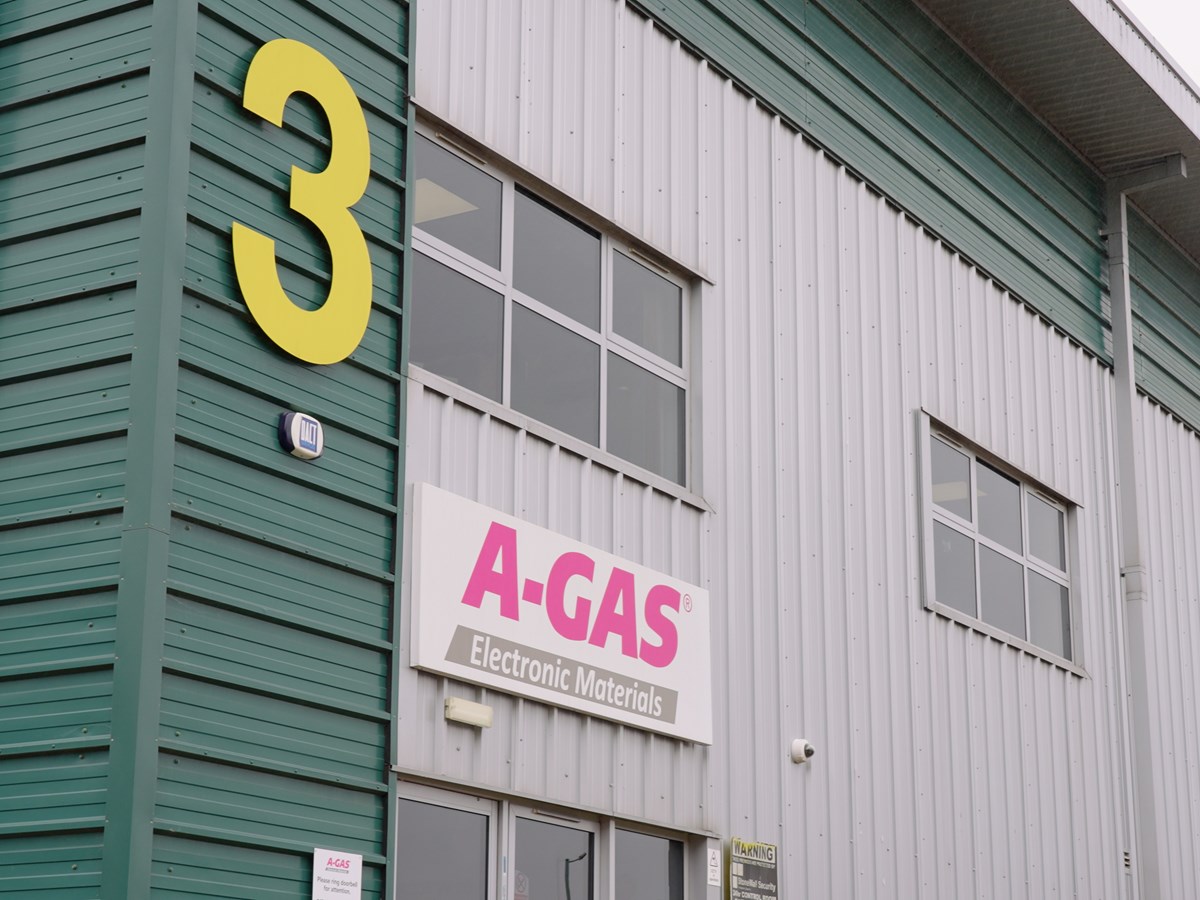Sustainability has moved to the top of the agenda, with ESG strategies under pressure and Scope 3 emissions facing increased scrutiny, the spotlight is now on the environmental impact of suppliers, not just price and delivery.
But not every supplier can demonstrate what they’re doing to minimise environmental harm, and even fewer have the data to back it up. So, how do you tell the difference between ambition and action?
Here are five questions worth asking if you want your supply chain to stand up to environmental due diligence.

1. Do they hold any environmental certifications?
Third-party certifications are one of the clearest indicators of an ongoing commitment to sustainability. An ISO 14001 certified Environmental Management System shows that a supplier is actively measuring and reducing their impact and applying best practice to how they operate day-to-day.
Without independent validation, environmental claims are hard to verify. If a supplier lacks certification, ask how they manage and monitor environmental performance, and what improvement targets are in place.
2. How do they handle hazardous waste?
If your supplier deals with chemicals or technical materials, waste handling is a key area of risk. You need confidence that substances like acids, solvents or precious metals are being managed responsibly, not just disposed of.
Look for transparency on who handles the waste, what happens to it, and whether any recovery or recycling processes are in place. Proper disposal is not only vital for the environment, but also critical for compliance and traceability.
3. What action are they taking to help cut carbon emissions?
The impact of your supply chain extends well beyond your own operations. If your business is working towards net zero, your suppliers need to be pulling in the same direction.
Ask what they’re doing to reduce emissions across their fleet, buildings and logistics, and whether those measures are measured, reported and reviewed. Progress doesn’t need to be perfect, but it does need to be visible.
4. Are their supply chain partners aligned on sustainability?
Behind every supplier is a network of partners and providers influencing their sustainability. From manufacturers and couriers to storage and packaging providers, the environmental impact of suppliers is shaped by every link in the chain.
It’s worth finding out how your supplier assesses their partners. Do they have minimum environmental standards or codes of conduct? Are they taking responsibility for who they work with?
5. How sustainable is their packaging and delivery approach?
Packaging often falls down the list of priorities, but it can have a significant environmental footprint. If your supplier is still using excessive single-use plastics or oversized shipments, this could be a red flag.
More responsible suppliers will already be reviewing their materials, minimising waste, and optimising how goods are packed and transported. It’s a simple area to improve, but one that speaks volumes about how seriously they take sustainability.
Building a more sustainable supply chain
Your suppliers play a direct role in shaping your environmental impact and your ability to meet both internal targets and external obligations. Asking the right questions now helps protect your brand, strengthen compliance and future-proof your supply chain.
Looking for a benchmark? At A-Gas EM, we’ve embedded sustainability into every part of our operation, from ISO 14001 certification to responsible chemical handling and low-carbon logistics. Visit our sustainability page to find out how we help customers build safer, cleaner and more compliant sustainable electronic materials supply chains.
